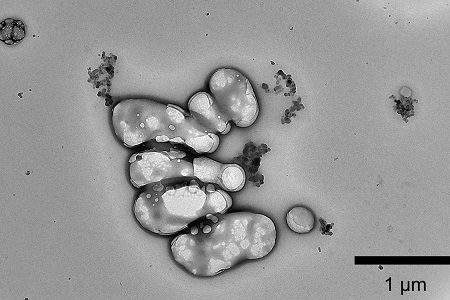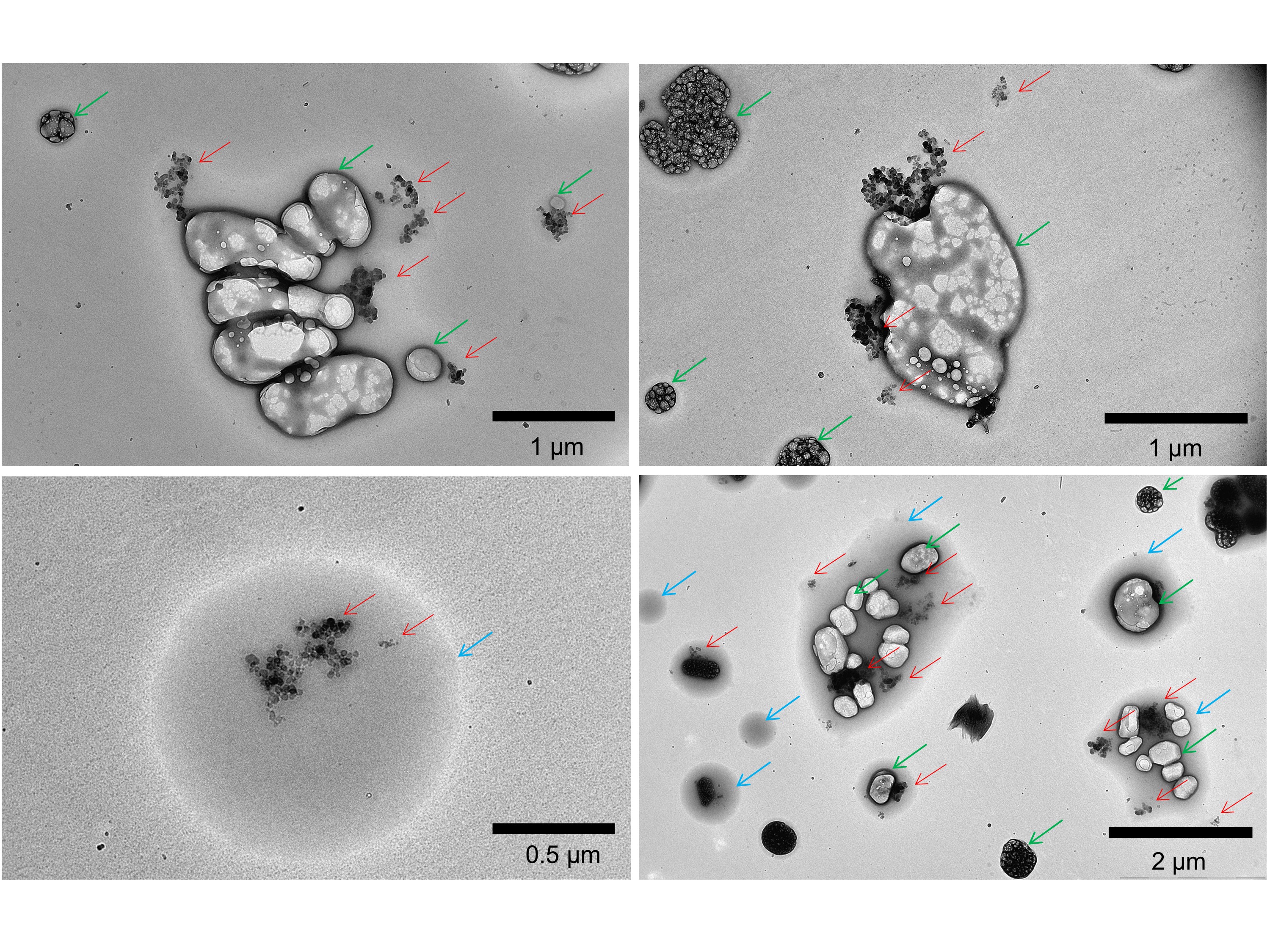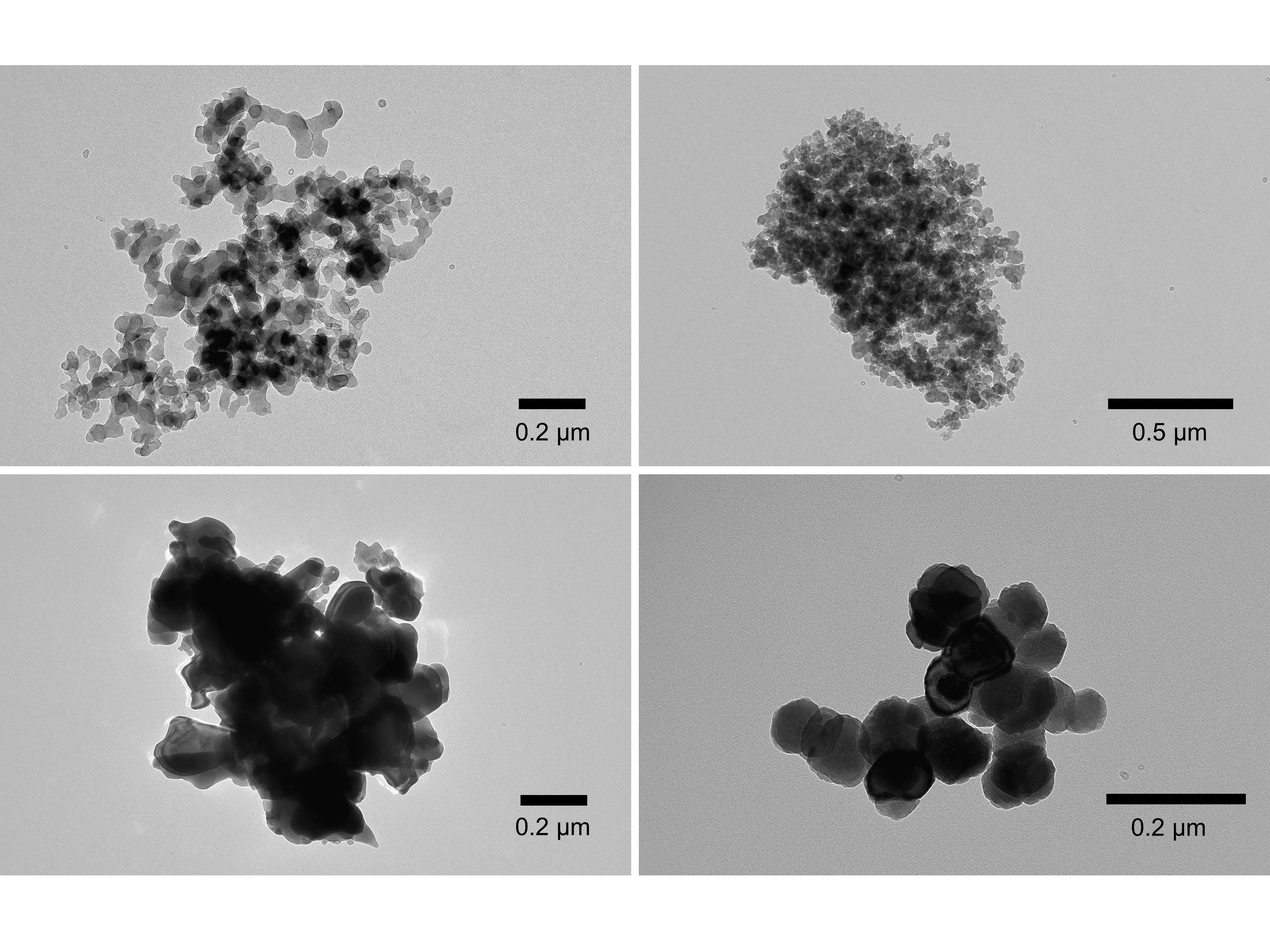Dark clouds on the horizon The most accurate measurements yet of black carbon in the atmosphere Research news

Our industrialized society releases many and various pollutants into the world. Combustion in particular produces aerosol mass including black carbon. Although this only accounts for a few percent of aerosol particles, black carbon is especially problematic due to its ability to absorb heat and impede the heat reflection capabilities of surfaces such as snow. So, it’s essential to know how black carbon interacts with sunlight. Researchers have quantified the refractive index of black carbon to the most accurate degree yet which might impact climate models.
There are many factors driving climate change; some are very familiar, such as carbon dioxide emissions from burning fossil fuels, sulfur dioxide from cement manufacture or methane emissions from animal agriculture. Black carbon aerosol particles, also from combustion, are less covered in the news but are particularly important. Essentially soot, black carbon is very good at absorbing heat from sunlight and storing it, adding to atmospheric heat. At the same time, given dark colors are less effective at reflecting light and therefore heat, as black carbon covers lighter surfaces including snow, it reduces the potential of those surfaces to reflect heat back into space.
“Understanding the interaction between black carbon and sunlight is of fundamental importance in climate research,” said Assistant Professor Nobuhiro Moteki from the Department of Earth and Planetary Science at the University of Tokyo. “The most critical property of black carbon in this regard is its refractive index, basically how it redirects and disperses incoming light rays. However, existing measurements of black carbon’s refractive index were inaccurate. My team and I undertook detailed experiments to improve this. With our improved measurements, we now estimate that current climate models may be underestimating the absorption of solar radiation due to black carbon by a significant 16%.”

Ambient aerosols. Transmission electron microscope images of ambient aerosols collected by an aerosol-impactor sampler installed on the research vessel Shinsei Maru. Red arrows indicate individual black carbon aggregates, most of which were mixed with sulfate (green arrows) and/or organic materials (light blue arrows). ©2023 Moteki et al. CC-BY

Black carbon from the lab. Transmission electron microscope images of laboratory powder samples. Clockwise from top left, fullerene soot, black carbon aggregate from vehicle exhaust, Hematite-TD and Hematite-KJ. ©2023 Moteki et al. CC-BY
Previous measurements of the optical properties of black carbon were often confounded by factors such as lack of pure samples, or difficulties in measuring light interactions with particles of differing complex shapes. Moteki and his team improved this situation by capturing the black carbon particles in water, then isolating them with sulfates or other water-soluble chemicals. By isolating the particles, the team was better able to shine light on them and analyze the way they scatter, which gave researchers the data to calculate the value of refractive index.
“We measured the amplitude, or strength, and phase, or step, of the light scattered from black carbon samples isolated in water,” said Moteki. “This allowed us to calculate what is known as the complex refractive index of black carbon. Complex because rather than being a single number, it’s a value that contains two parts, one of which is ‘imaginary’ (concerned with absorption), though its impact is very, very real. Such complex numbers with imaginary components are actually very common in the field of optical science and beyond.”
As the new optical measurements of black carbon imply that current climate models are underestimating its contribution to atmospheric warming, the team hopes that other climate researchers and policymakers can make use of their findings. The method developed by the team to ascertain the complex refractive index of particles can be applied to materials other than black carbon. This allows for the optical identification of unknown particles in the atmosphere, ocean or ice cores, and the evaluation of optical properties of powdered materials, not just those related to the ongoing problem of climate change.
Papers
Nobuhiro Moteki, Sho Ohata, Atsushi Yoshida & Kouji Adachi, "Constraining the complex refractive index of black carbon particles using the complex forward-scattering amplitude," Aerosol Science and Technology: May 3, 2023, doi:10.1080/02786826.2023.2202243 .
Link (Publication )
)





